
Baron Middleton, of Middleton in the County of Warwick, is a title in the Peerage of Great Britain, created in December 1711 for Sir Thomas Willoughby, 2nd Baronet, who had previously represented Nottinghamshire and Newark in Parliament. It was one of twelve new peerages created together and known as Harley's Dozen, to give a Tory majority in the House of Lords.
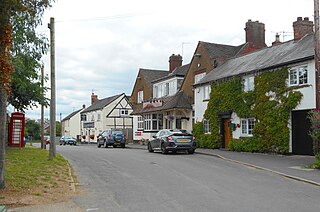
Long Lawford is a village and civil parish in the Rugby borough of Warwickshire, England, located just west of Rugby, around 1.75 miles (2.82 km) west of Rugby town centre. In the 2021 census, the population of the parish was 4,545, a significant increase from 3,180 at the 2011 census, and 2,863 in 2001.
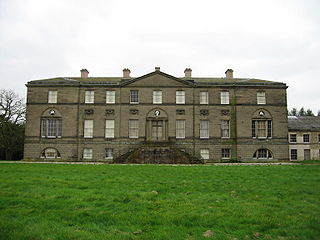
The Broughton, later Broughton-Delves, later Broughton Baronetcy, of Broughton in the County of Stafford, is a title in the Baronetage of England. It was created on 10 March 1661 for Sir Brian Broughton, of Broughton Hall, near Eccleshall, Staffordshire, High Sheriff of Staffordshire from 1660 to 1661 and the member of an ancient Staffordshire family.
There have been three baronetcies created for members of the Clerke family. One creation is extant as of 2008.
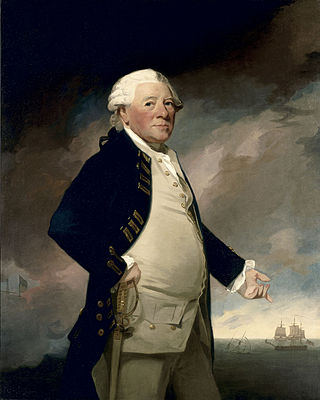
There have been seven baronetcies created for persons with the surname Parker, three in the Baronetage of England, two in the Baronetage of Great Britain and two in the Baronetage of the United Kingdom. Two of the creations are extant as of 2008. Though none of the different families of baronets were related, several supplied a number of flag officers to the Royal Navy.
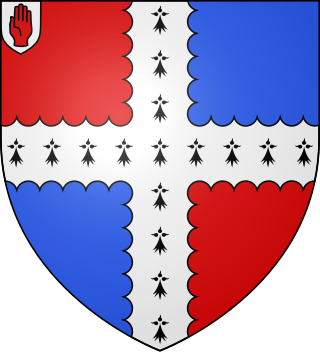
The Berney Baronetcy, of Park Hall in Reedham in the County of Norfolk, is a title in the Baronetage of England. It was created on 5 May 1620 for Richard Berney, Sheriff of Norfolk in 1622.
There have been four baronetcies created for persons with the surname Temple, two in the Baronetage of England, one in the Baronetage of Nova Scotia and one in the Baronetage of the United Kingdom.
Sir Charles William Rouse Boughton was an administrator in India with the East India Company and subsequently a member of the British House of Commons representing first Evesham and then Bramber.
Sir William Edward Rouse-Boughton, 2nd and 10th Baronet was a Member of Parliament for Evesham in Worcestershire.
Little Lawford is a hamlet and civil parish around 0.6 miles (0.97 km) to the north of the much larger village of Long Lawford and west of Rugby in Warwickshire, England. Consisting of 5 dwellings plus numerous other buildings that are used for commercial or farming business, in 2001 the parish had a population of 12 people. In the 2011 Census the population details were recorded under Long Lawford.
The Rouse of Rouse Lench Baronetcy was created in the Baronetage of England on 23 July 1641 for Thomas Rouse of Rouse Lench Court, Rous Lench, Worcestershire.
There have been two baronetcies created for members of the Wolseley family, one in the Baronetage of England and one in the Baronetage of Ireland. As of 2018, the Wolseley Baronetcy of Mount Wolseley is dormant.
There have been three baronetcies created for persons with the surname Osborne, two in the baronetage of England and one in the baronetage of Ireland. Two creations are extant.
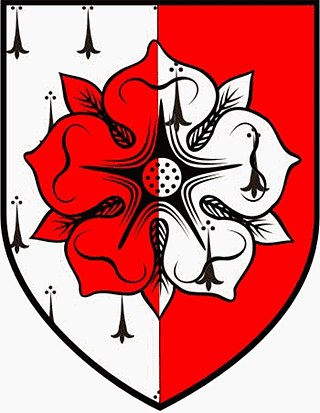
The Nightingale Baronetcy of Newport Pond is a title in the Baronetage of England and a rank in the British aristocracy. It was created by King Charles I of England, on 1 September (1628), and is one of the oldest baronetcies to remain active in England.
There have been three baronetcies created in the Baronetage of England for members of the Skipwith family of Skipwith, Yorkshire, which relocated to Lincolnshire in the 14th century. They were a successful court family, with one member, Margaret Skipwith, seen as a possible queen of England after the death of Henry VIII's third wife, Jane Seymour. One creation of the baronetcy is extant as of 2008.
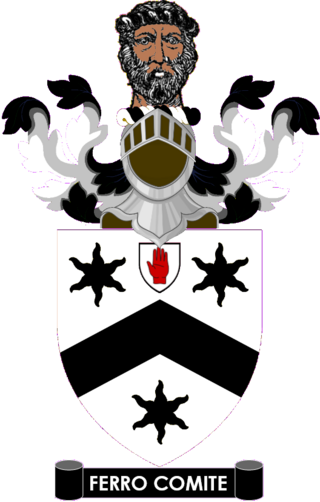
The Mordaunt Baronetcy, of Massingham Parva in the County of Norfolk, is a title in the Baronetage of England. It was created on 29 June 1611 for Lestrange Mordaunt, who had earlier distinguished himself in the Wars of the Low Countries during the reign of Elizabeth I. The fifth, sixth, seventh and eighth Baronets all represented Warwickshire in the House of Commons. The ninth and tenth Baronets sat as Members of Parliament for Warwickshire South.
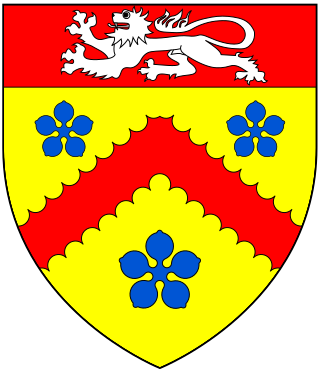
There have been three baronetcies created for persons with the surname Cooke, two in the Baronetage of England and one in the Baronetage of Ireland. One creation is extant as of 2013.

There have been four baronetcies created for persons with the surname Cope.
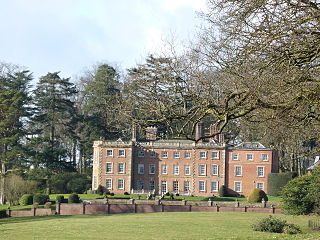
Downton Hall is a privately owned 18th-century country house at Stanton Lacy, near Ludlow, Shropshire. It is a Grade II* listed building.
Sir Theodosius Edward Allesley Boughton was a British aristocrat who was the 7th Boughton baronet of Lawford. Boughton was poisoned by his brother-in-law in what became a famous murder case in the United Kingdom.











